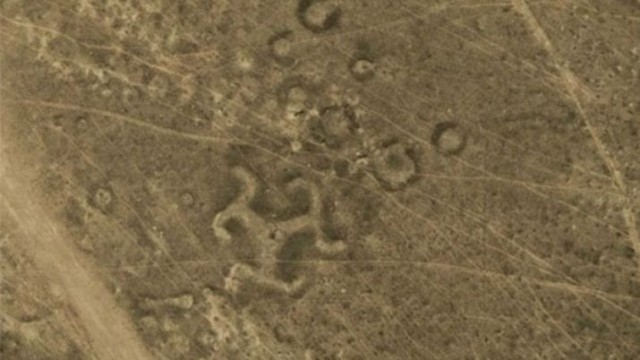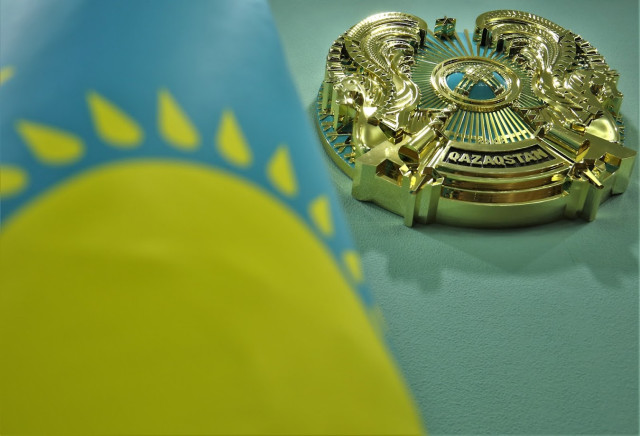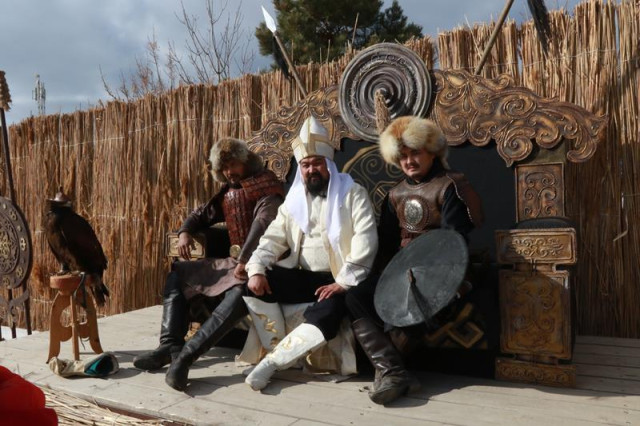
Fragments of clay
pottery with geometric patterns, stone tools, a flint arrowhead, and a metal
knife - these ancient artifacts were discovered by Kazakh archaeologists during
the study of a Bronze Age dwelling in the Bukhar-Zhyrau district of the
Karagandy region. The structure is a semi-dugout with a double row of stone
slab walls. According to researchers, this points to a sophisticated approach by
the ancient inhabitants to home construction and the development of
craftsmanship during the Bronze Age.
«Based on the
architectural features, it can be assumed that this type of structure provided
additional thermal insulation and stability, reflecting the adaptation of the
local population to the region’s climatic conditions. Judging
by the architectural characteristics and ceramic fragments, the site can be
attributed to the Alakul culture and tentatively dated to the 17th–16th
centuries BC. A technical and technological analysis of the ceramics will be
carried out, and samples will be sent for radiocarbon dating, which will help
refine the age of the studied site,» said Alexey Kukushkin, director of the Saryarka
Archaeological Institute at Karaganda University.









